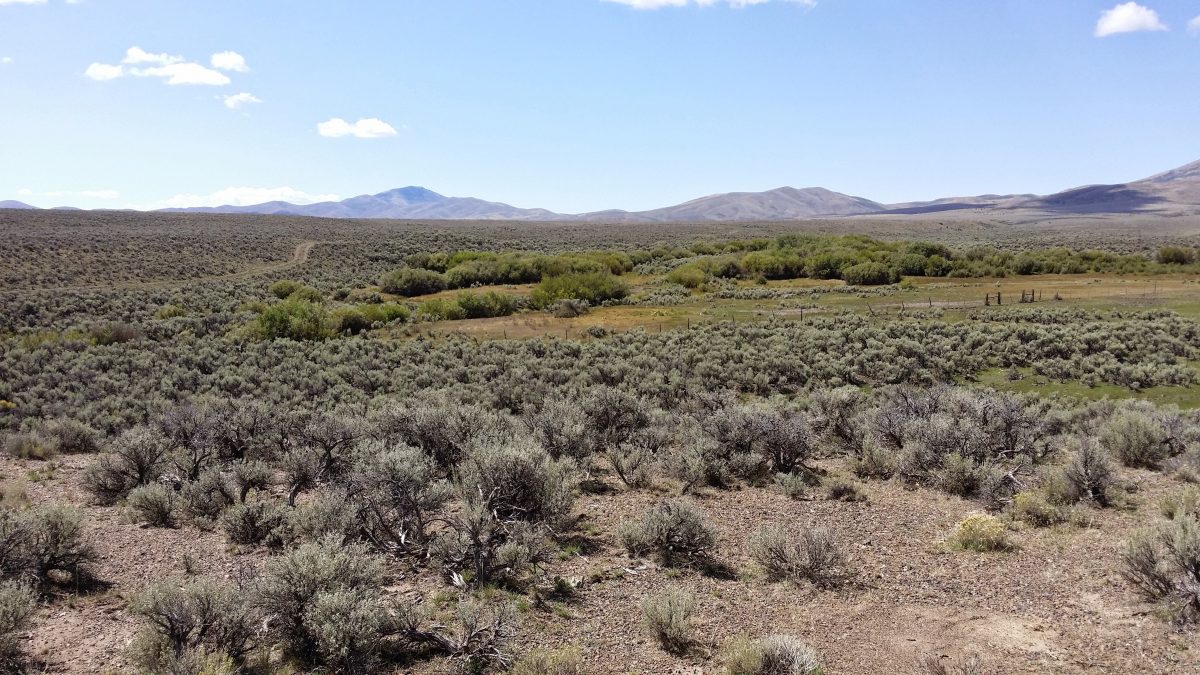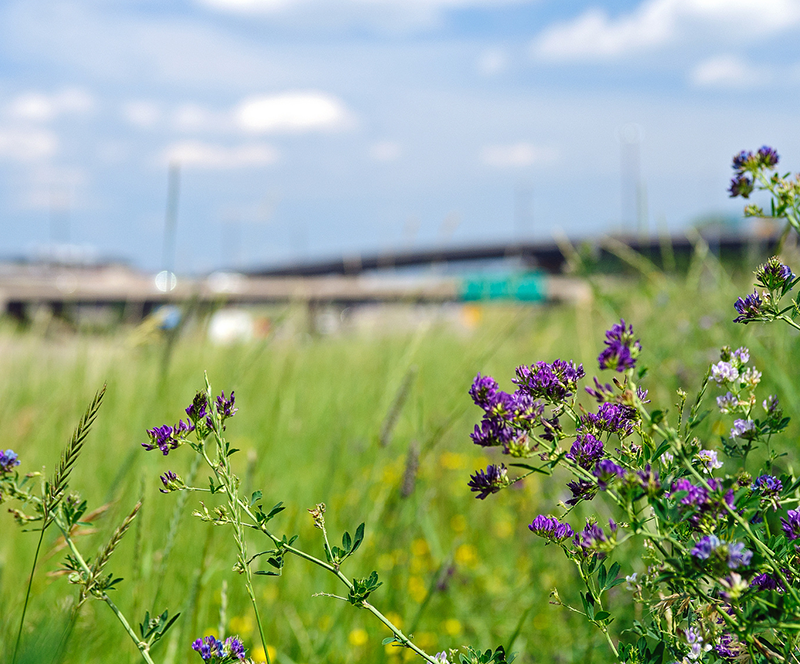The first sage-grouse credit transaction is a defining point in history for landscape-scale mitigation – fulfilling mitigation obligations by Bald Mountain gold mine and conserving 10,000 acres of habitat.
Kinross Gold Corporation is the first BLM permittee to use sage-grouse credits through the Nevada Conservation Credit System, an innovative model for offsetting land use habitat disturbances on a regional scale. The November 9, 2017 transaction represents the transfer of 2,514 sage-grouse credits from Tumbling JR Ranch to offset the impact from Kinross’s Bald Mountain gold mine in northeast Nevada. The ranch will implement several conservation activities to enhance and maintain vital sage-grouse habitat, and commits to meeting performance standards for 30 years.
The transaction signifies the elusive milestone that all new ventures strive for, traction. Traction points are crucial to transforming an innovation from an idea to an adopted product, signaling to the market that it works and addresses a need. The credit system has achieved several of these milestones over the past three years – including using state funds and a pay for performance strategy to kick-start credit projects, and approving credits available for sale. But gaining initial product adoption from buyers willing to take on the risks and opportunities of being a first mover, is one of the hardest challenges to innovation.

Clint Nebeker, Operations Manager of Kinross Bald Mountain and Nevada DCNR Director Bradley Crowell sign the sage-grouse credit participant contract at a ceremony November 9, 2017.
Kinross filled the early adopter role seamlessly, and was a true partner in making the transaction a reality. Working closely with the Sagebrush Ecosystem Program, their feedback throughout the process helped to improve operational tools and processes, paving the way for a more efficient, streamlined path for industry in the future.
The transaction comes less than three years after the credit system was developed, a faster time to market then many individual compensatory mitigation projects. This efficiency is in part attributed to the incredibly collaborative engagement of industry, landowners, and multiple state departments in designing the Credit System; but is also a product of its foundation, the tireless effort by many that designed landscape-scale mitigation programs in recent years.
This programmatic and regionally focused approach, which defines standards for mitigation activities that create better conservation and industry certainty and outcomes, has been pioneered in large part by Environmental Defense Fund (EDF) with habitat exchanges. We have worked with EDF for many years in places like Colorado and California’s Central Valley, designing habitat exchanges that engage private lands in protecting and enhancing habitat for species such as monarch butterflies, giant garter snakes, and sage-grouse.
Infused with the lessons and successes of past efforts, the credit system was able to leapfrog to the forefront of landscape-scale mitigation programs – creating a functioning market that ensures net benefit for greater sage-grouse, while providing certainty for industry that they will have access to a supply of high quality, effective mitigation. Since not all habitat is created equal, the program utilizes a habitat quantification tool to assess habitat loss and gain, a tool used to project and verify credits on land enrolled in the system. Further, detailed standards are used to ensure mitigation is durable and achieves net benefit. With resources naturally flowing to the highest credit-potential habitat, the system creates market efficiency and maximizes the environmental return on investment.
The model created in Nevada has grown from an idea, to a pilot, to a fully functioning market system poised for growth. The time has come to replicate, modify, and scale this new paradigm for landscape-scale mitigation to new contexts and challenges, protecting our most vulnerable ecosystems and supporting resilient communities.
View the press release for more on the transaction.
Eoin Doherty manages our landscape-scale mitigation efforts in the West and has lead Environmental Incentives partnership with Nevada developing and piloting the Conservation Credit System.



